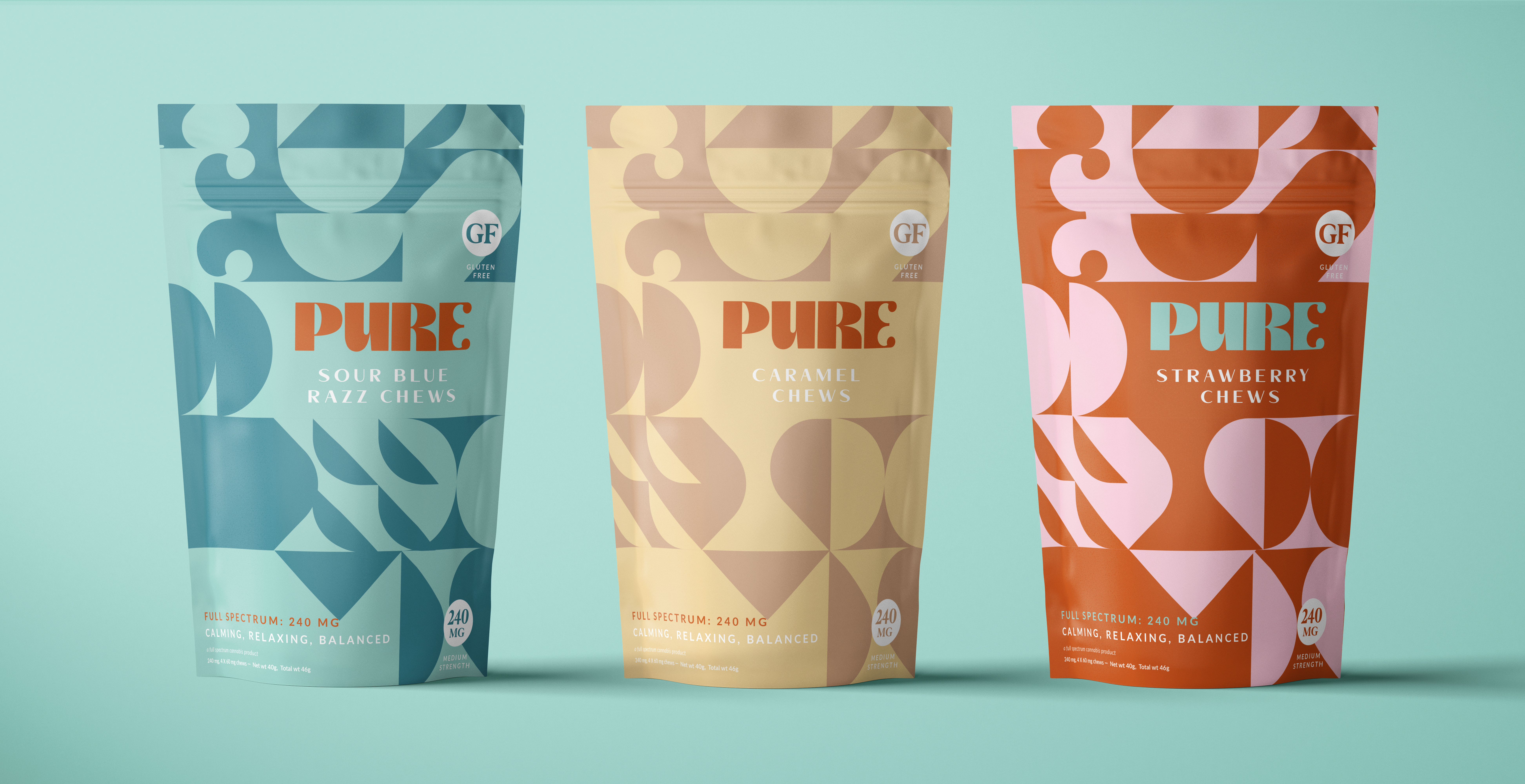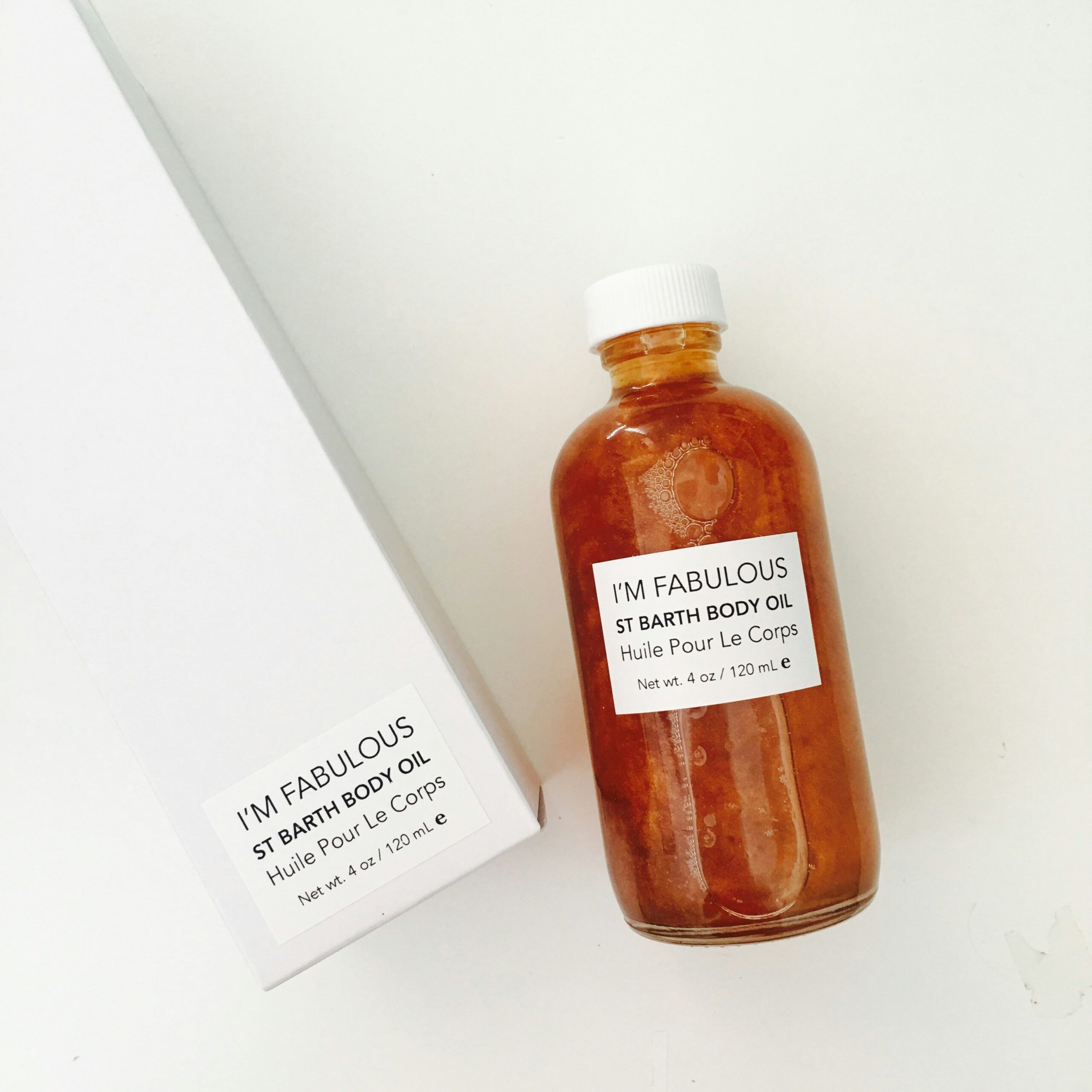I have been thinking a lot about how to elicit good feedback from my clients. It can be very difficult, due to lack of a shared vocabulary, lack of clarity about goals, and the gap between the visual and the verbal. It is a two way street, both the client and designer must have open communication and also have a shared language that they can use when discussing the work.
I have a few tips for clients below that will help you on your path to effective communication.

6 Tips for Clients to give productive Feedback:
PROVIDE SPECIFIC REFERENCES AND INSPIRATION
If you are providing your designer with references /inspiration, think about why a particular item appeals to you. Is it the color, typography, contrast, scale, level of detail, time period, line weight, shape, texture? Be as specific as possible and let your designer know your thought process behind any references.
REMEMBER, WE WANT AND NEED YOUR FEEDBACK!
As the client you are providing extremely valuable information to the designer, and by approaching it in a clear and thoughtful way, you will be on your path to a successful and positive design experience, so that both you and your designer can be confident that you are arriving at the best possible solution for your brand or organization. So always be respectful, clear, and don’t be shy about expressing your opinion!
KEEP THE BIG PICTURE IN MIND
When giving feedback, keep the audience for the design work in mind. It’s generally not just you. For example, if you are having a logo designed for your new floral studio, it is important that the logo feels aligned with you as the client, but more importantly you want to make sure the logo communicates what you want it to, to your customers, about your business. To do this, you need to be clear on who your ideal customer is, what service/product you are providing for them, and why.
FIND THE PROBLEMS, NOT THE SOLUTIONS
Give feedback by identifying issues, not providing solutions. It is the client’s job to identify a potential problem and the designer’s job is to offer solutions. For example, if you get a first draft of a logo from your designer and you realize that it looks too much like one of your competitors logos, call out the problem, by saying something like, “I like the fact that this logo is round, but the typography reminds me of X’s logo, which I have attached here. Is there any way we can keep the roundness but make it look different from X’s logo?” It is NOT HELPFUL to say something like “I think you should use a stronger sans serif here, it looks too much like X’s logo.” You are hiring a design professional to make these types of decisions, based on years of education and experience, and if you try to direct the outcome too much by “playing designer” you will most likely lose out on a more strategic and elegant solution than you would have if you had let the designer solve the problem. Remember, designers are professionals, with years of education and practical experience, which is why you hire us!
BE SPECIFIC
Saying that something feels “off” or “not right” isn’t very helpful. Think about why something is problematic. Try to provide feedback around design specifics such as:
line
shape
color (shade)
value (lightness or darkness)
contrast
alignment
repetition
proximity
visibility
legibility
scale
Another way to be specific is to provide additional information about your audience, what you are trying to convey through your branding, etc. Some examples are below:
“My customers are generally older so I think this design might be too bright and wild for them.”
“My customers are generally older so I am concerned this type might be illegible for them at this scale”.
“My customers are mainly in their mid to late 20’s so I think they would a respond better to a design with more contrast and brighter colors.”
“I am trying to convey strength through my branding and I feel like this isn’t strong enough.”
All of this type of feedback is valuable and helpful.

BE KIND
As in all areas of life, most people are more responsive when positive feedback is given before negative feedback, and followed by additional positive feedback if you have it. In corporate lingo this is known as a “compliment sandwich.” For example:
“The logos look great overall. I think the colors might be a little too subdued for my tween customer base, they love bright colors, so can we try a some brighter color combos? I really liked the round shapes you used in version B.”
It may take a little longer to put your thoughts together in this way, but I guarantee you will have better outcomes. Thanks for reading, and as always let me know if you have any feedback.






Comments +